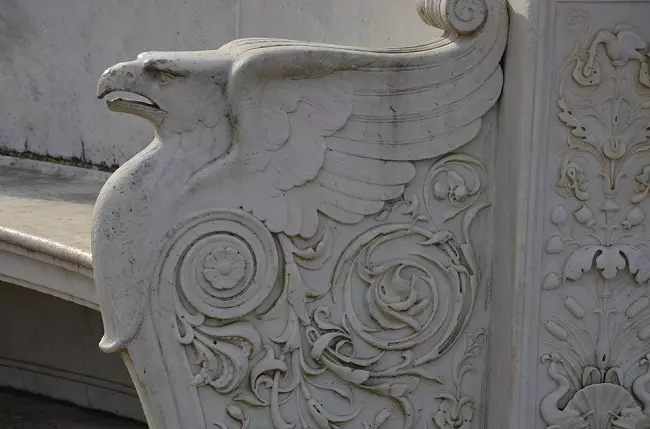The symbolism of medieval beasts
Medieval artists in Europe frequently painted or carved legendary creatures for their artwork for many purposes, and understanding the basic symbolism of these creatures can attribute to a better understanding of medieval artworks.
Gryphons were symbols of both loyalty and Christ (Photo: pixabay.com)
Ggryphon
Gryphons were especially commonly depicted in medieval artworks, despite these beasts having a more ancient history. When seeing a gryphon in "medieval context", it will most likely represent loyalty in marriage, or is the symbol of Jesus. The latter is because gryphons live partly on the ground and party in the air, which is a parallel to how Jesus is both human and divine. And when it comes to loyalty, the gryphon was an ideal symbol because it was believed that this legendary animal chose its mate for life, and even if its "spouse" died, the other animal would still not choose another partner.
Dragon
The dragon was associated mostly with sin, ferocity and negative qualities/powers, and from the late medieval times it primarily represented greed. In Italy, dragons were sometimes associated with the evil, or were considered almost like demons, but other times, they were more neutral. In Portugal, a female dragon - called Coca - was thought to have a symbolic fight with Saint George, and when the dragon was victorious, a bad year (paired with famine) was about to come, at least accoring to the tradition.
Unicorn
Unicorns are one of the mightiest beasts of all times, and they were especially respected though the medieval centuries. It was thought to be the fastest and strongest of all animals - so fast, that they considered it "uncatchable", and so strong and fierce that on paintings, we can mostly see armoured men killing the unicorn even when it's trapped. The unicorn's horn, on the other hand, was believed to have healing properties. Another belief was that only virgin women could lure these animals, and so some young women were used to - often unwittingly - help in catching the unicorn. These values and qualities made the unicorns a symbol of Christ: the killing of the unicorn for its healing horn is an allegory for Christ's death, while the virgin women in these stories might be a parallels to Virgin Mary.
Phoenix
The legend of the phoenix was born long before the medieval times, but the mythical animal that was believed to born again from its ashes cyclically, quickly became popular as a symbol of Christ. Beside being able to reborn, the phoenix was also thought to have strong connection with the Sun, and medieval sources also emphasized the loyalty of the legendary bird.
Four creatures symbolizing the four evangelists
Although not mythical beasts, you may see medieval artwork depicting four creatures, which are the following: man, lion, ox and eagle. Matthew the Evangelist is symbolized by and angel/winged man, while the winged lion is the symbol of Mark, the eagle is of John, and the winged ox is of Luke. As you can see, all of these creatures were considered the "kings" of their likes, with the man being the king of creation, the lion the king of the meat-eating wild animals, the eagle the king of all birds, and the ox the king of all grazing, domestic animals.
Anita Diós
July 2018
